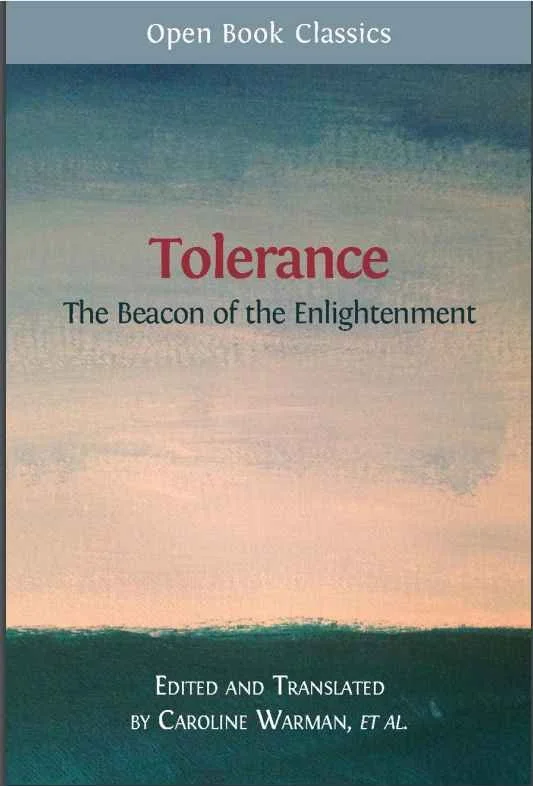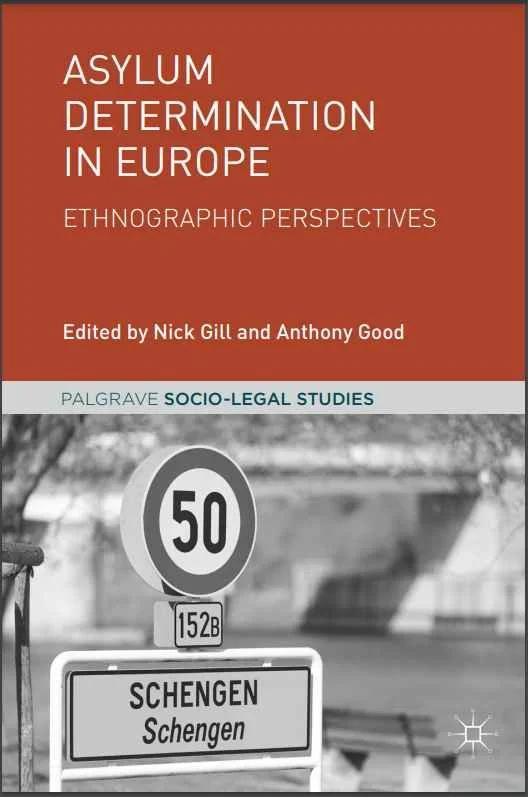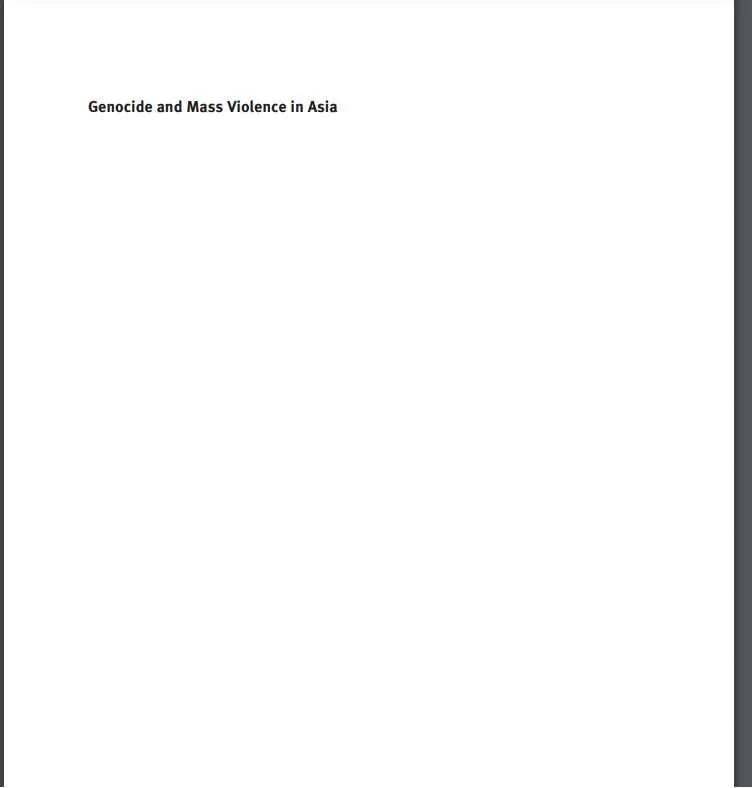By InfoAmazonia, Armando.Info and La Liga Contra el Silencio), Amazon Watch and the Global Initiative Against Transnational Organized Crime (GI-TOC).
The Amazon, the world’s largest rainforest, covering some 7 million square kilometres and linking nine countries, has become one of the main sources and transit points for criminal economies in Latin America. From shipments of cocaine, gold and timber moving down its hundreds of rivers, to the makeshift airstrips that facilitate the nightly movement of small contraband planes, the Amazon is now home to a complex underground economy that feeds growing global demand but also fuels violence and deforestation. The unchecked actions of increasingly powerful criminal organizations pose an existential threat to the planet’s most biodiverse region and the communities it shelters. Over the past decade, the Amazon has become one of the most dangerous regions in Latin America, with marginalized communities bearing the brunt of the violence. In Brazil, for example, indigenous communities have been systematically subjected to violent invasions by armed garimpeiros (miners), while in Colombia’s nine Amazon departments, where 43 massacres have been documented since 2020, non-state armed groups terrorize rural communities. In Peru, drug traffickers are increasingly recruiting indigenous children to work on coca plantations, and guerrilla groups are sending entire families to work in illegal gold mines in Venezuela. In 2022, one in five killings of land and environmental defenders worldwide occurred in the Amazon.As demand for illicit goods, particularly cocaine, has risen to historically high levels and the price of gold has increased dramatically since the early 2000s, so have criminal opportunities.4 This, combined with a low state presence, high levels of corruption, decades of faltering security strategies and a lack of coordination between states, has created the perfect environment for some of Latin America’s most prolific criminal groups to reorganize and take over. The reshuffling of the local criminal ecosystem – which includes Colombian guerrilla groups, Brazilian gangs, Peruvian criminal groups (including drug and human traffickers) and Venezuelan crime syndicates – has resulted in some groups being wiped off the map, leaving room for others to emerge or expand. Through field research and data analysis, Amazon Underworld found that non-state armed groups or crime syndicates are active in 70 per cent of the municipalities investigated in Bolivia, Brazil, Colombia, Ecuador, Peru and Venezuela (see the methodology section below), and that all of the Amazon’s borders have at least one armed actor on one side of the divide.
Geneva, SWIT: Global Initiative Against Transnational Organized Crime.2023. 40p.


























